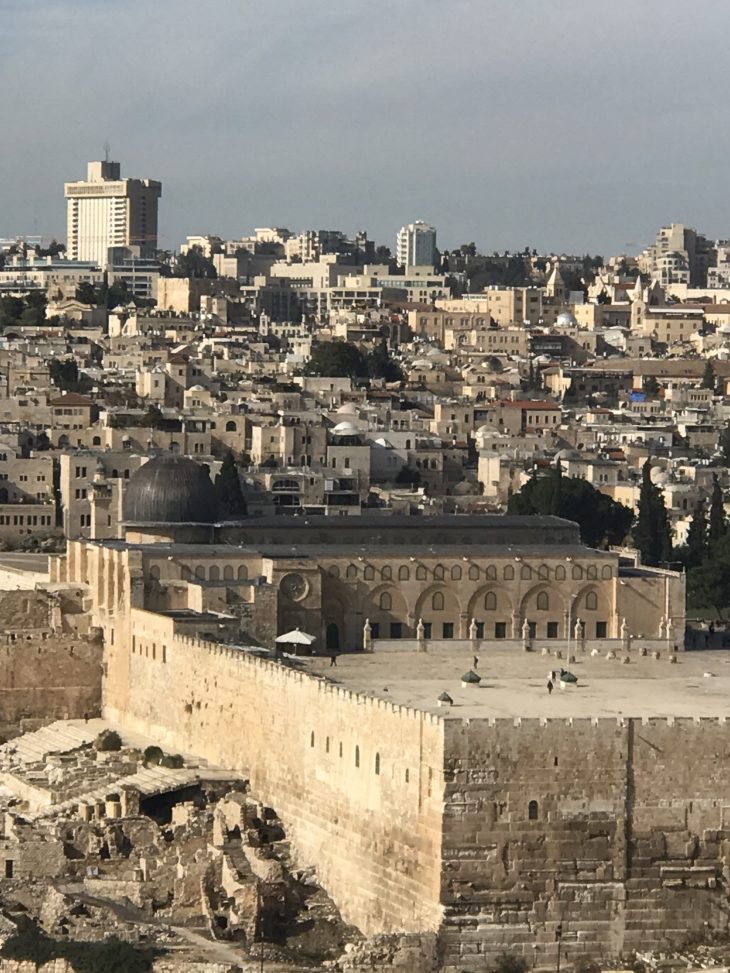I. The Call of God (v.1-2)
A. Divine Initiation
- The Lord calls Moses—this is not human initiative but divine revelation.
- God speaks from the tent of meeting, emphasizing His presence among His people.
- This reaffirms covenant relationship, reminding Israel of their unique status.
- The call is personal and national, given to Moses but meant for all Israel.
B. Sacred Instruction
- God commands Moses to instruct Israel, showing that worship is not left to human creativity.
- Offerings are to come from the herd or flock, reinforcing God’s provision.
- The offering is voluntary yet required, an act of devotion and obedience.
- Worship involves bringing something of value, not empty-handed service.
II. The Requirement of the Offering (v.3)
A. Specificity in Selection
- The offering must be male, symbolizing strength and representation.
- It must be without blemish, foreshadowing Christ’s perfection.
- The offering is chosen with care, not whatever is convenient.
- This teaches God’s standard of holiness, requiring the best.
B. The Purpose of Acceptance
- The offering is brought to the entrance, signifying access to God.
- Acceptance is granted by God, not assumed by the offerer.
- The act is personal, each person must bring their own sacrifice.
- Acceptance anticipates the work of Jesus, the ultimate offering.
III. The Act of Atonement (v.4)
A. Laying on of Hands
- The worshiper lays his hand on the animal’s head, symbolizing identification.
- This signifies the transfer of sin, making the sacrifice a substitute.
- It represents faith in God’s provision, an act of trust.
- This prefigures Christ bearing our sins, taking our place.
B. The Role of Atonement
- The offering is accepted for atonement, meaning it satisfies divine justice.
- Bloodshed is necessary for forgiveness, pointing to the cost of sin.
- This creates reconciliation with God, restoring fellowship.
- Christ is the fulfillment, making eternal atonement.
IV. The Ritual of Sacrifice (v.5-6)
A. Shedding of Blood
- The worshiper kills the animal, emphasizing personal responsibility.
- The priest sprinkles the blood, showing mediation between man and God.
- The altar represents God’s presence, where sin is dealt with.
- Blood is applied to the sides of the altar, indicating total surrender.
B. Preparation of the Offering
- The body is flayed and cut into pieces, symbolizing complete devotion.
- This reflects the totality of sacrifice, nothing is withheld.
- Jesus was completely given over, fulfilling this imagery.
- Worship involves a cost, requiring full surrender to God.
Alliteration in Understanding
- Call and Command – God initiates worship, defining its practice.
- Selection and Sacrifice – Only the best is acceptable before the Lord.
- Atonement and Application – Sin is transferred, and blood brings cleansing.
- Obedience and Offering – Worship requires surrender and full participation.
Conclusion
Leviticus 1:1-6 sets the foundation for sacrificial worship, which ultimately points to Jesus Christ. It establishes the principles of offering, substitution, and atonement, showing that sin requires a price, and only a blameless sacrifice can satisfy God’s justice. The act of sacrifice is not a ritual for ritual’s sake but a foreshadowing of the perfect work of Christ on the cross. This passage challenges believers to offer their best to God, surrender fully, and trust in the atoning work of Christ.


